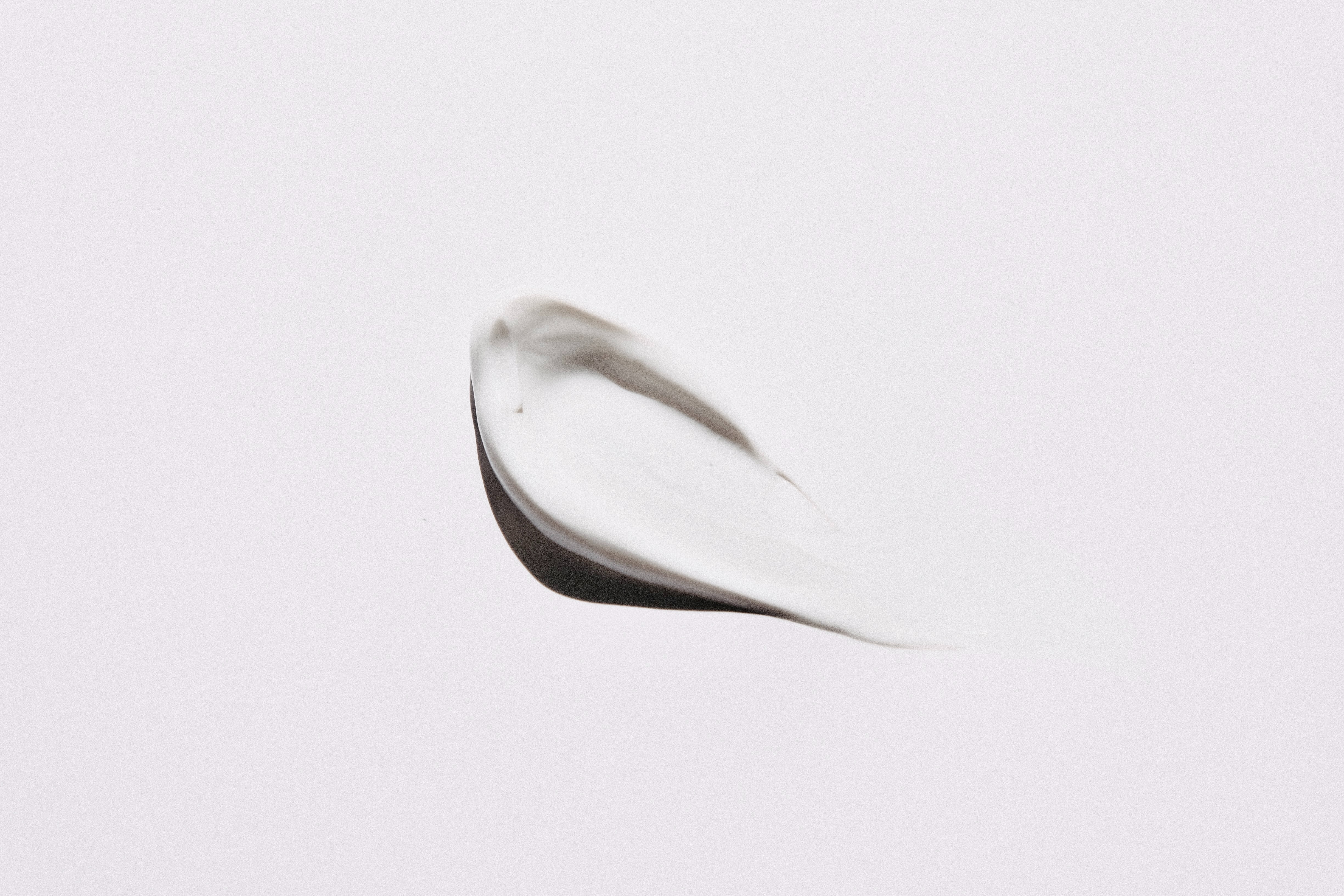Anti-aging will always be a popular marketing claim because it is one of the consumers’ top skincare concerns. And because all brands want to make products with the best and most effective ingredients, a new, popular, “miracle” ingredient is constantly being marketed. Peptides are one of the more recent ingredient categories that is gaining popularity in the skincare product space. However, all peptides are not the same and are not designed to do the same thing. And like with all newer ingredients, there are a TON of marketing claims about the benefits of peptides in skincare. So let’s break down the science of peptides in skincare and what they can and cannot do.

Related Post: Understanding the Science Behind Aging in Skin: Tips for Youthful Glow
What Is A Peptide?
Peptides are small molecules that are made up of amino acids. Amino acids are the building blocks of proteins. In skin care, proteins like collagen and elastin are crucial because they are critical to giving skin a youthful appearance. All tissues in the body are made up of cells surrounded by a group of proteins called extracellular matrix proteins. These proteins do not only take up space in the body. They also can trigger biological functions. Peptides are smaller molecules that are the byproduct of proteins being broken down.
How Are Peptides Produced in the Body?
In the body, peptides are a byproduct of cells breaking down proteins in the extracellular matrix. As enzymes break down the extracellular matrix proteins, short chains of amino acids are left, peptides. Although these peptides are not as large as proteins or chemically identical, the fragments can still tell cells to do different things. Peptides are kind of like pieces to a protein puzzle.
Some of the puzzle pieces (peptides) are not descriptive enough to be helpful; however, others have distinguishing features like a color or shape (a specific sequence of amino acids) that help you solve the puzzle (trigger a biological function). Depending on the amino acid sequence that makes up the peptide, different roles in the body are triggered or blocked. In the body, peptides have a very short lifetime, which must be considered when scientists develop peptides for cosmetic applications.
How Are Peptides Produced for Cosmetic Applications?

Throughout your lifetime, extracellular matrix proteins are constantly being broken down and produced. As we age, the extracellular matrix proteins in our body are still being broken down, but they are not made as quickly. This imbalance leads to many skin care concerns. People typically reference these concerns when they talk about the signs of aging (i.e., loss of elasticity, plumpness, firmness, etc.).Therefore, the focus of many anti-aging products is promoting the production of critical extracellular matrix proteins like collagen and elastin. In topical anti-aging products, full-sized proteins like collagen are too large to penetrate the skin barrier. So they sit on top of the skin and are ineffective. This is where peptides are potentially beneficial active ingredients.
Related Post: The Truth About Collagen Skin Care
The size of peptides and special groups attached to them during synthesis gives them the ability to penetrate the skin barrier. Their ability to penetrate the skin barrier and their customizability make them attractive skincare actives. In cosmetics, synthetic peptides are the most commonly used in cosmetic applications. However, some natural peptides are also used in cosmetics derived from plant-based sources. The cost is one of the biggest things stopping all consumers from using peptides. Even products that contain peptides tend to be on the more expensive side. And the reason for the price is the very specialized way peptides are made.
Synthetic Peptides
The reaction used to make peptides is very specialized and requires specialized chemists. The field of biotechnology has made a lot of progress since the first introduction of the peptide GHK in the cosmeceutical field in the 1970s. GHK is a signaling peptide that enhances collagen production and acts as a carrier peptide when it is complexed with copper. Today, there are two main methods for making synthetic peptides: liquid phase and solid phase synthesis, and a hybrid approach can be used for specific applications. In both ways, amino acids are Chemically bound in a particular order. This multi-step process is expensive and requires a specialized set of skills. Synthesizing a new peptide involves identifying sequences from a primary protein and testing their biological activity with cells in a culture dish. Peptides that have physical activity are tested in animal models and eventually on humans.
Natural Peptides
Just like peptides naturally occur in the human body, some peptides also occur naturally in plants. Like in the human body, plants have enzymes that break down proteins and form peptides. These peptides have biological activity in plants, and some scientists look at their potential benefits in cosmetics. Hydrolyzed, chemically broken-down proteins are widely used in cosmetic applications as a humectant. However, evidence supporting their ability to trigger protein synthesis and other”anti-aging” benefits is minimal.
Benefits of Peptides in Skincare?
It is essential to say that there are differences. Types of peptides, and all peptides, have different compositions, mechanisms, and functions. So, if you see a product advertising the inclusion of peptides, you cannot make assumptions about its effectiveness or what benefit it should have for your skin. This means when a brand says that there are peptides in their skincare products, it does not mean much about what you can expect from the product. Within the broad ingredient category of peptides, there are three primary categories in skincare products.
The first group is peptides that tell skin cells to produce extracellular matrix proteins like collagen and elastin. These peptides work to keep your skin looking plump and youthful. The second type is peptides that enhance the penetration of other actives. These peptides are formulated with other well-known skincare active ingredients because they can attach to them and improve their ability to penetrate through the skin barrier into the dermis. When actives can penetrate the dermis, this is when they are most effective. The last type of peptide commonly used in skin care is peptides that inhibit biological processes. These peptides bind competitively with other molecules to prevent bodily functions like muscle contractions that can lead to wrinkles or melanin production.
How to Incorporate Peptides Into Your Skincare Routine?

As I mentioned, all peptides do not have the same composition, function, or mechanism of action. And there are varying levels of scientific evidence for them. If you are considering incorporating peptides, a good rule of thumb is only to purchase leave-on products. Peptides need time to penetrate your skin, and there is not enough contact time for the peptide to penetrate. Most peptides are UV Stable so that they can be used in a day or nighttime routine. Most importantly, when selecting a product that contains peptides, you should make sure the peptide in the product has the functionality you are looking for.
References
Safety Assessment of Animal- and Plant-Derived Amino Acids as Used in Cosmetics, Topical Peptide Treatments with Effective Anti-Aging Results, Role of topical peptides in preventing or treating aged skin, Topical Delivery of Hyaluronic Acid into Skin using SPACE-peptide Carriers
